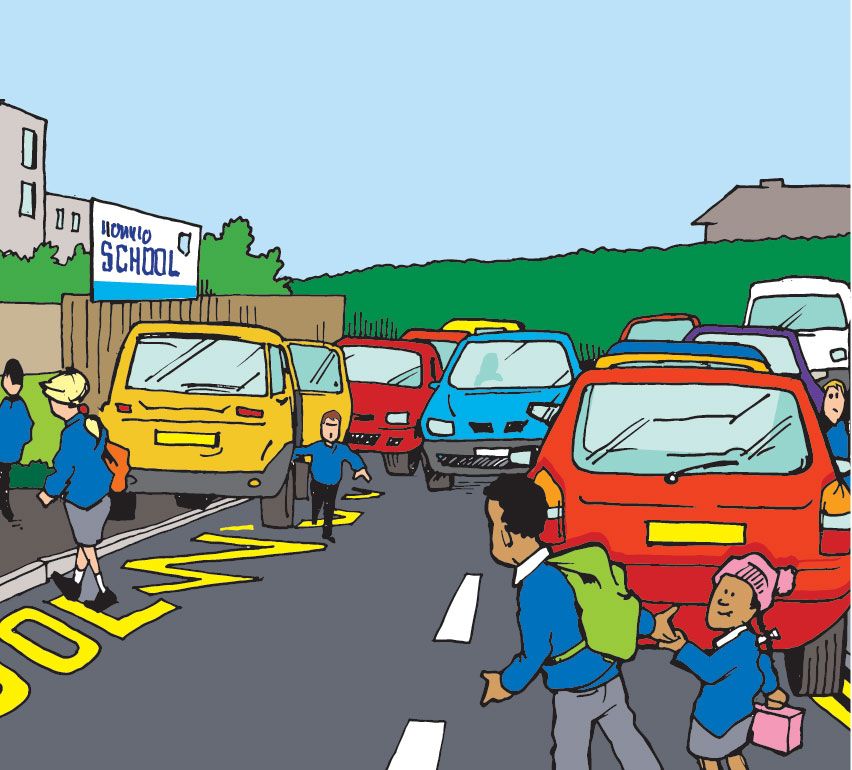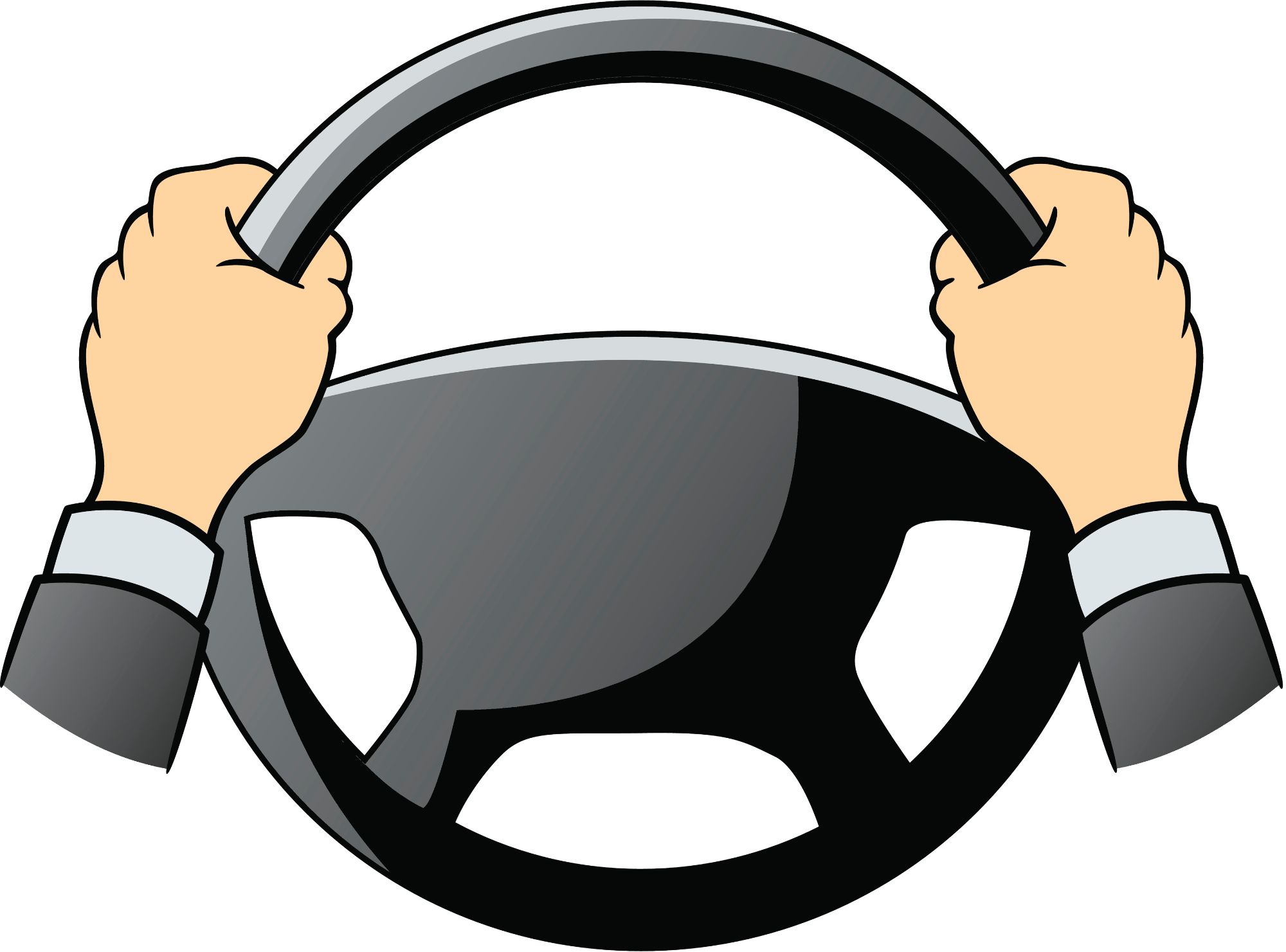Emergency Stop
Why Do An Emergency Stop?
An emergency stop is required as part of your safe driving for life
Things happen or people do things without thinking, as a driver you want to be able to deal with anything that happens.
Whether its a child running to see there friends or to an ice cream van
Through to someone with their headphones on, who is just in a world of their own and doesn't even know that you are there.
When you're taking your driving test, there's a 1-in-3 chance that you'll be asked to complete an emergency stop.
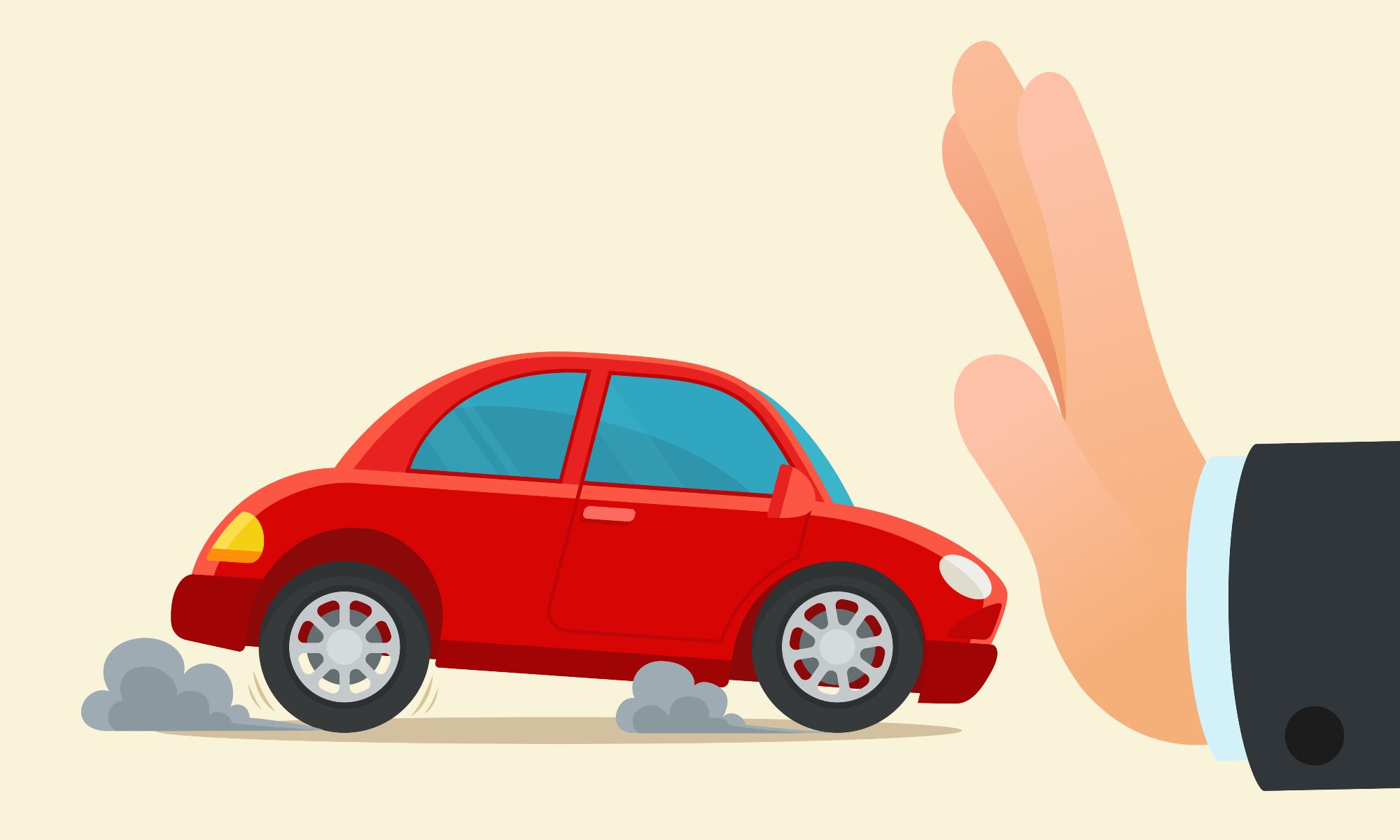
Emergency Stop - Examiners Commands
If you end up having to demonstrate an emergency stop, the examiner will tell you to pull up on the left beforehand and give you verbal instruction.
“In a short time, I will ask you to carry out an emergency stop. I will do so by giving the signal, “stop”, and raising my hand. When I do, I'd like you to stop as quickly and as safely as possible. Don't worry about looking around, I will make sure it's safe before asking you to do so.
See our Emergency Stop 2 Minute Tutorial
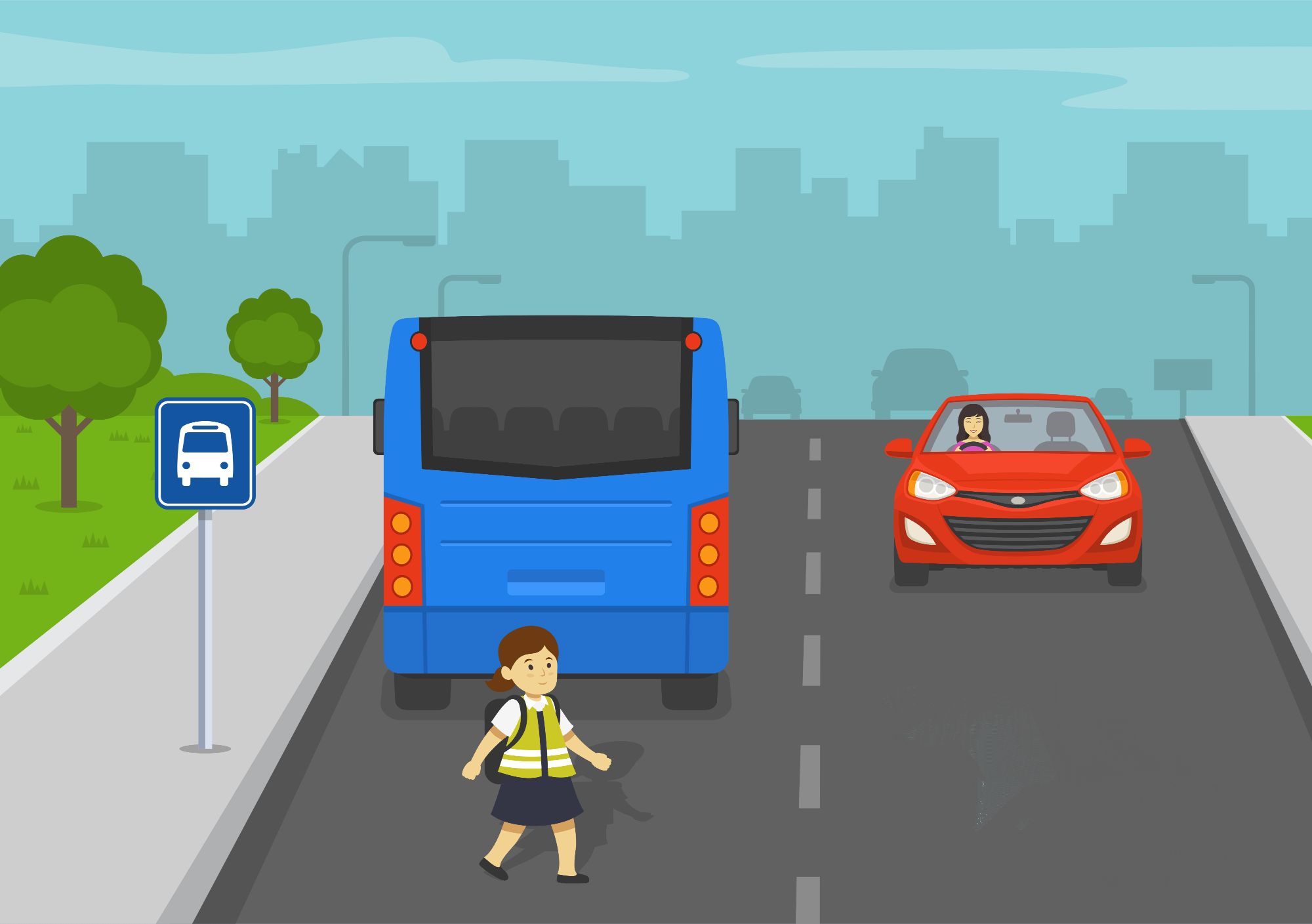
What's Involved In An Emergency Stop?
The way to think of an emergency stop or controlled stop
Is to think of stopping the same way that you've probably had to do already.
Whether its been when you're approaching traffic lights and they start to change so you have to stop quickly
Or you may hav eapproached a roundabout and a car comes around really fast, so you again have to stop quickly.
These are the same principle with the emergency stop.
You want to stop quickly, without skidding to a stop.
No mirrors
As a normal part of your driving you should be checking your mirrors reguarly.
Therefore when something unexpected happens in front
There is no need to check the mirrors for what is behind.
Your prime concern is for whoever has stepped out in front of you.
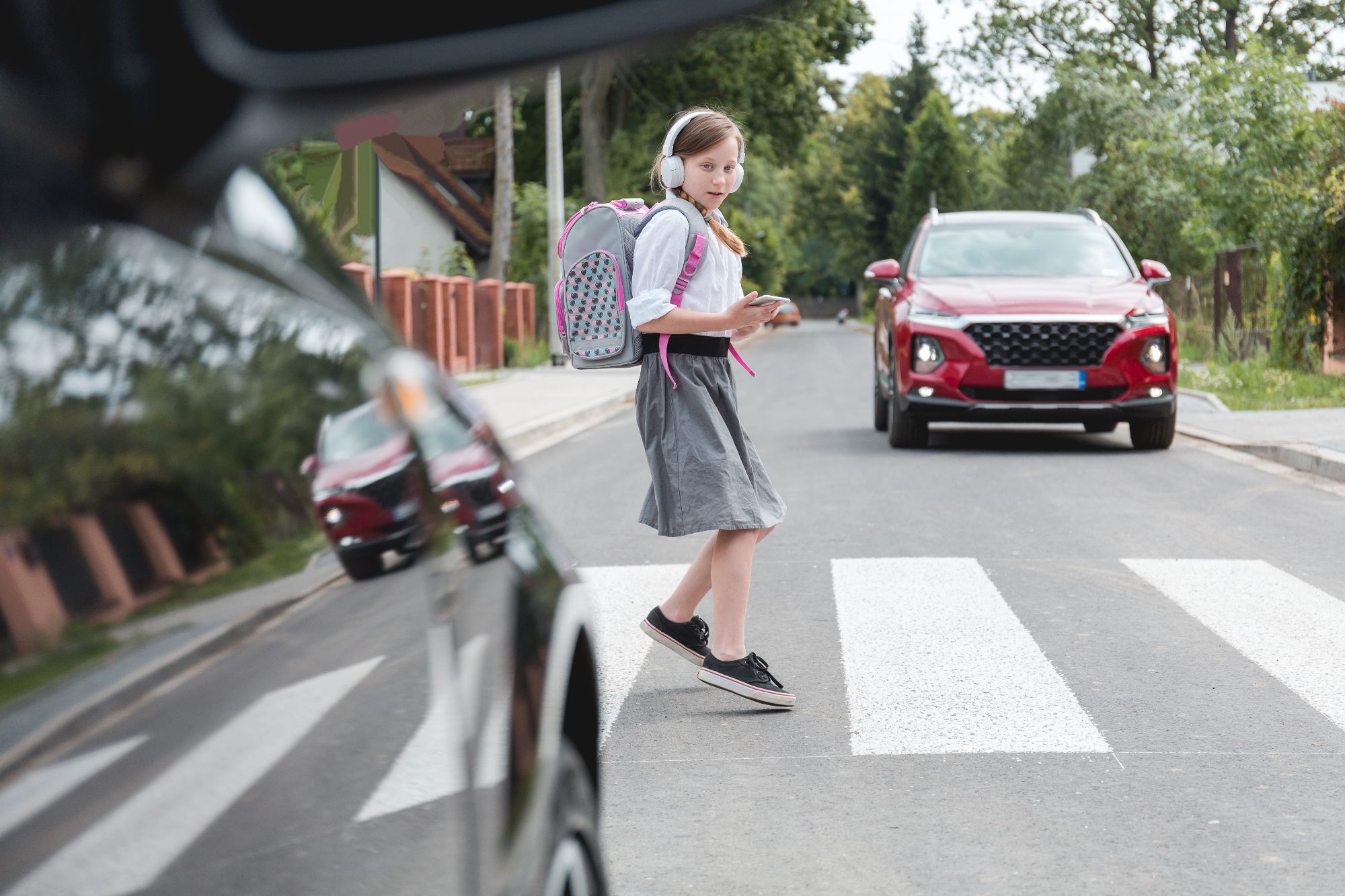
Thinking Distance - Then Braking Distance
stopping distance = thinking distance + braking distance.
The ‘thinking distance’ is how long it takes for the driver to react to a hazard and apply the brake.
At higher speeds, the car will cover a greater distance while the driver realises he or she needs to brake to avoid a hazard. The Highway Code provides the following thinking distances at different speeds:
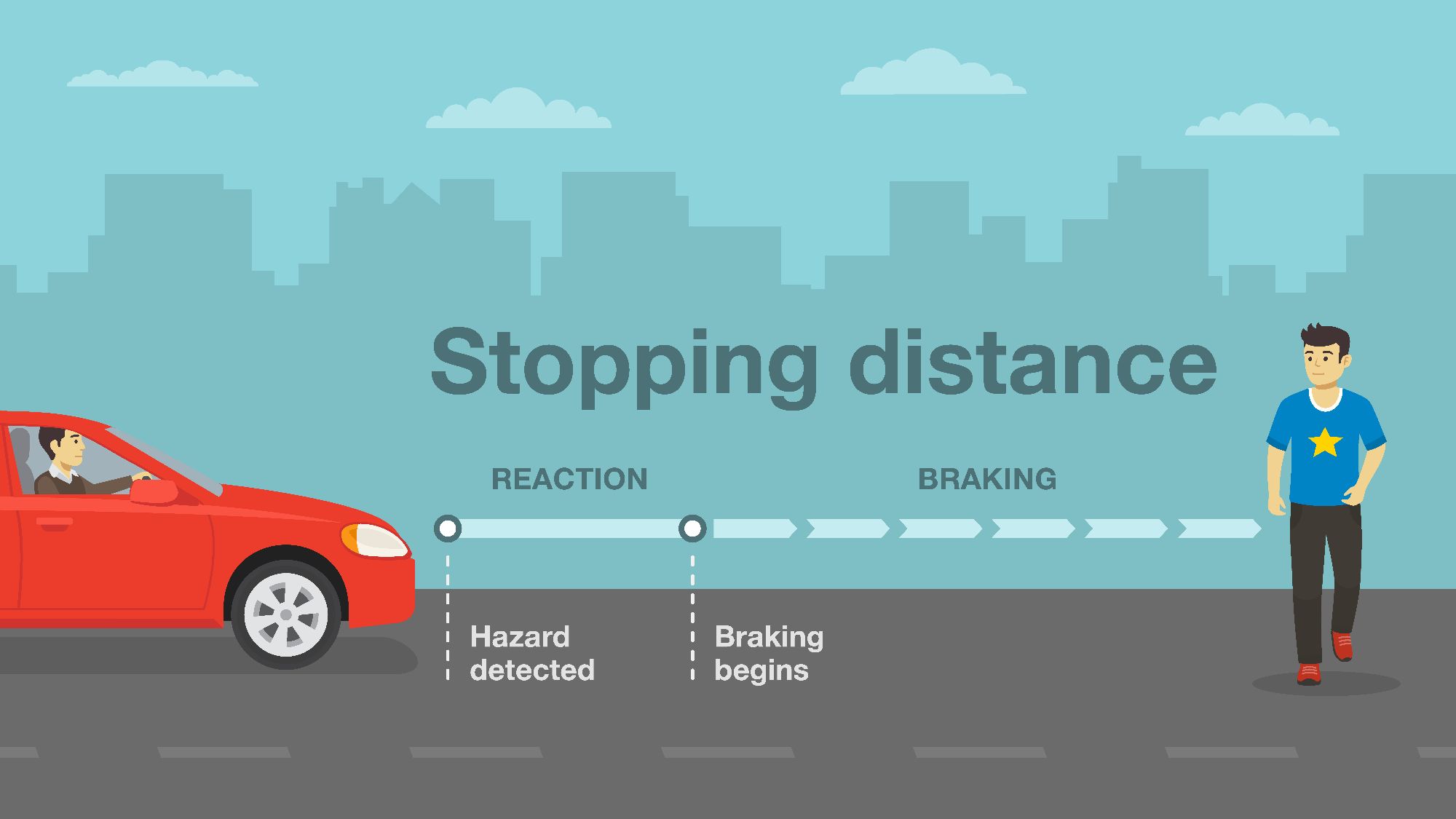

The second part of the overall stopping distance is made up of the braking distance. This is how far your car travels while you’ve got your foot on the brake attempting to bring it to an emergency stop.
At 20mph, the braking distance is exactly the same as the thinking distance. These combine to provide a total stopping distance of 12 metres.
At 70mph, the 75-metre braking distance makes up nearly 80% of the overall 96-metre stopping distance.
Keep Both Hands On The Wheel
The reason for this is not just about control of the vehicle
In an emergency stop - when the car is braking suddenly, the weight of the car is thrown forwards.
Having both your hands on the wheel, acts as a shock absorber, and stops you being pushed forward on to the steering wheel.
This way you remain in control of the vehicle
Stopping in an emergency
The weight of the car is thrown forward in an emergency stop.
This means the back of the car becomes very light
If the rear brakes are not adjusted properly
it may result in a rear wheel skid
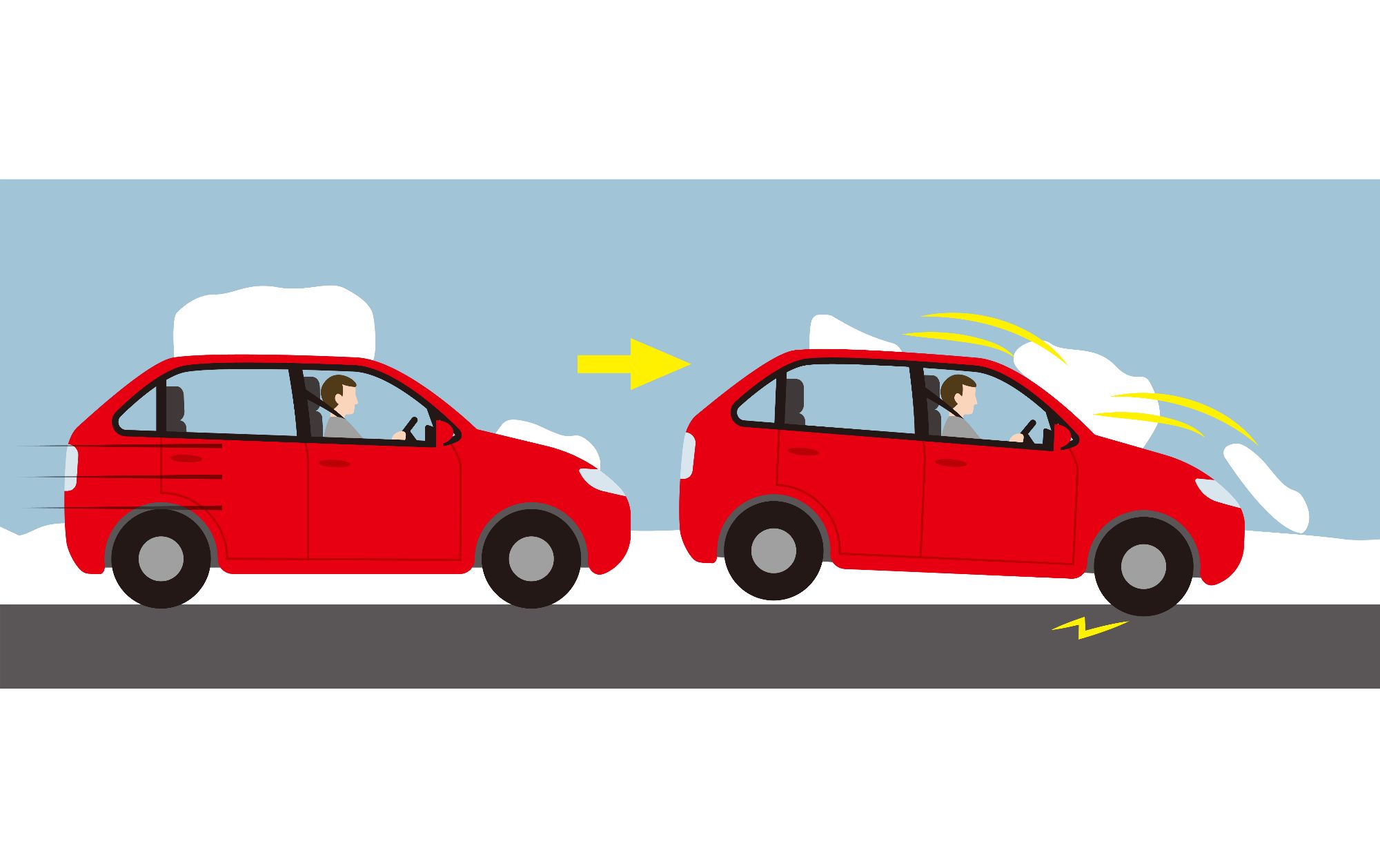
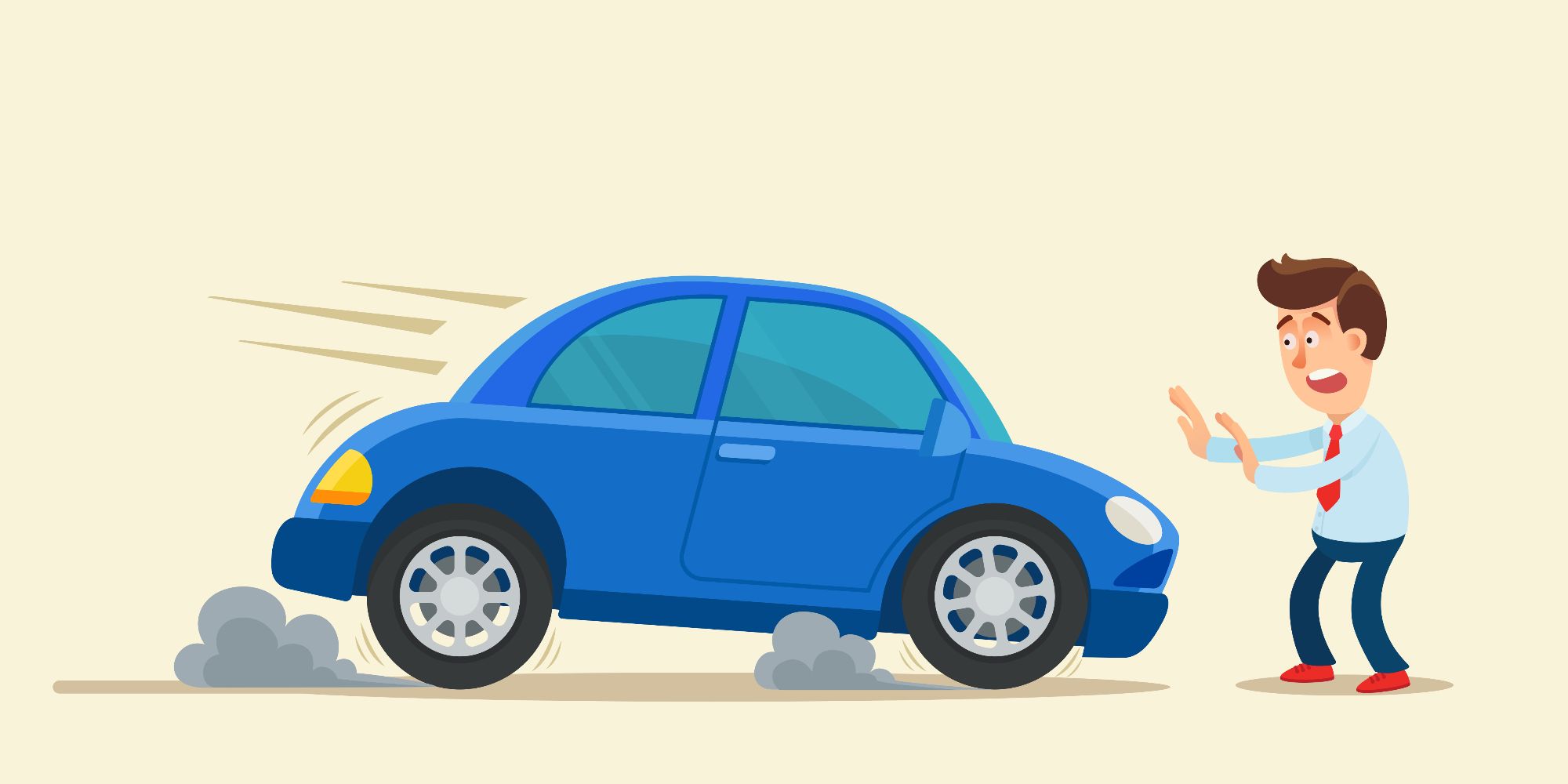
BBC - Brakes Before Clutch
Remember in an emergency stop its BBC - Brakes Before Clutch
If we press the clutch down first and you are on a slight downhill
The danger is, the car will start to speed up.
However if we don't press the clutch down
The danger is, that the car stalls
As it stalls it will jump forward and hit whoever has stepped out in front
Don't Slam the brakes so you skid
The DVSA book DRIVING THE ESSENTIAL SKILLS states
"Avoid braking so hard that you lock any of the wheels"
If you lock the wheels - you still keep moving forwards - If you lock the wheels and the ABS is activated - you still don't stop any quicker
ABS just provides a small amount of steering control that you wouldnt have had otherwise.
If you get used to stopping so harshly that the ABS activates, then if you have a car without it, the danger is, you lose total control of the vehicle
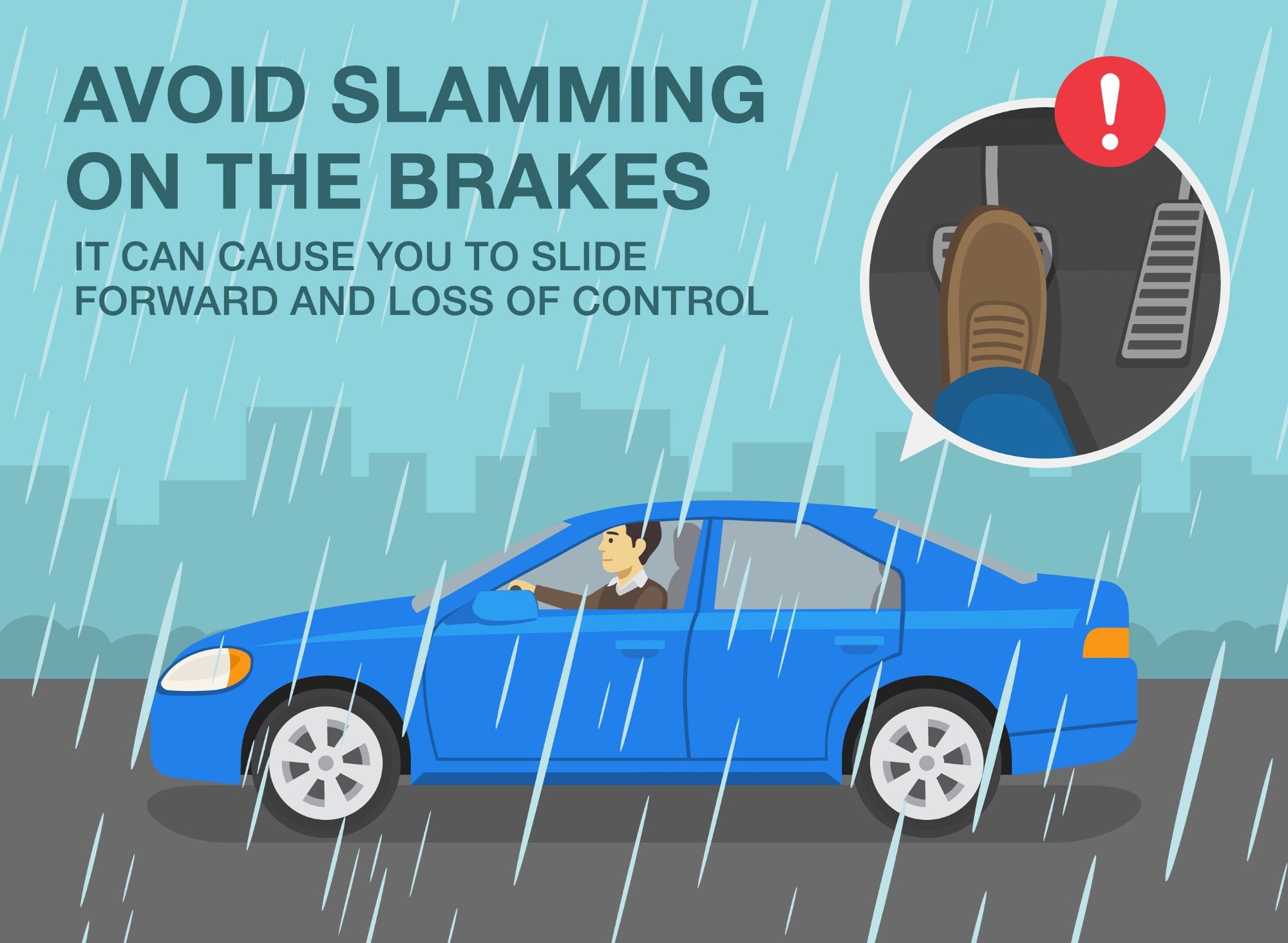
ABS Does NOT make you stop any quicker - It gives a slight control to your steering

Handbrake on - Be prepared to keep brakes on too
By putting the handbrake on - this allows you time to compose yourself
it also allows time to select the correct gear - Get the bite point and Gas before moving off.
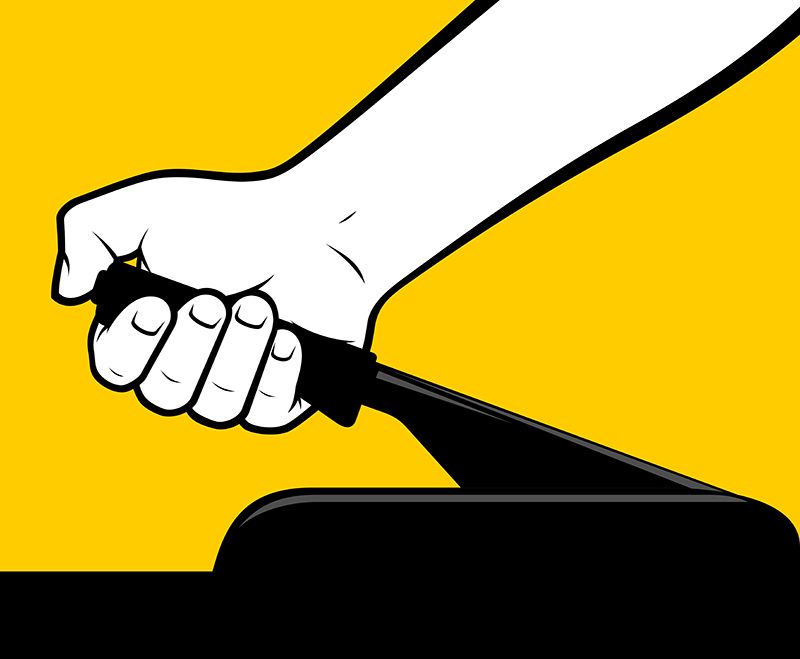
Keeping the brakes lights on helps drivers behind to decide what you're doing
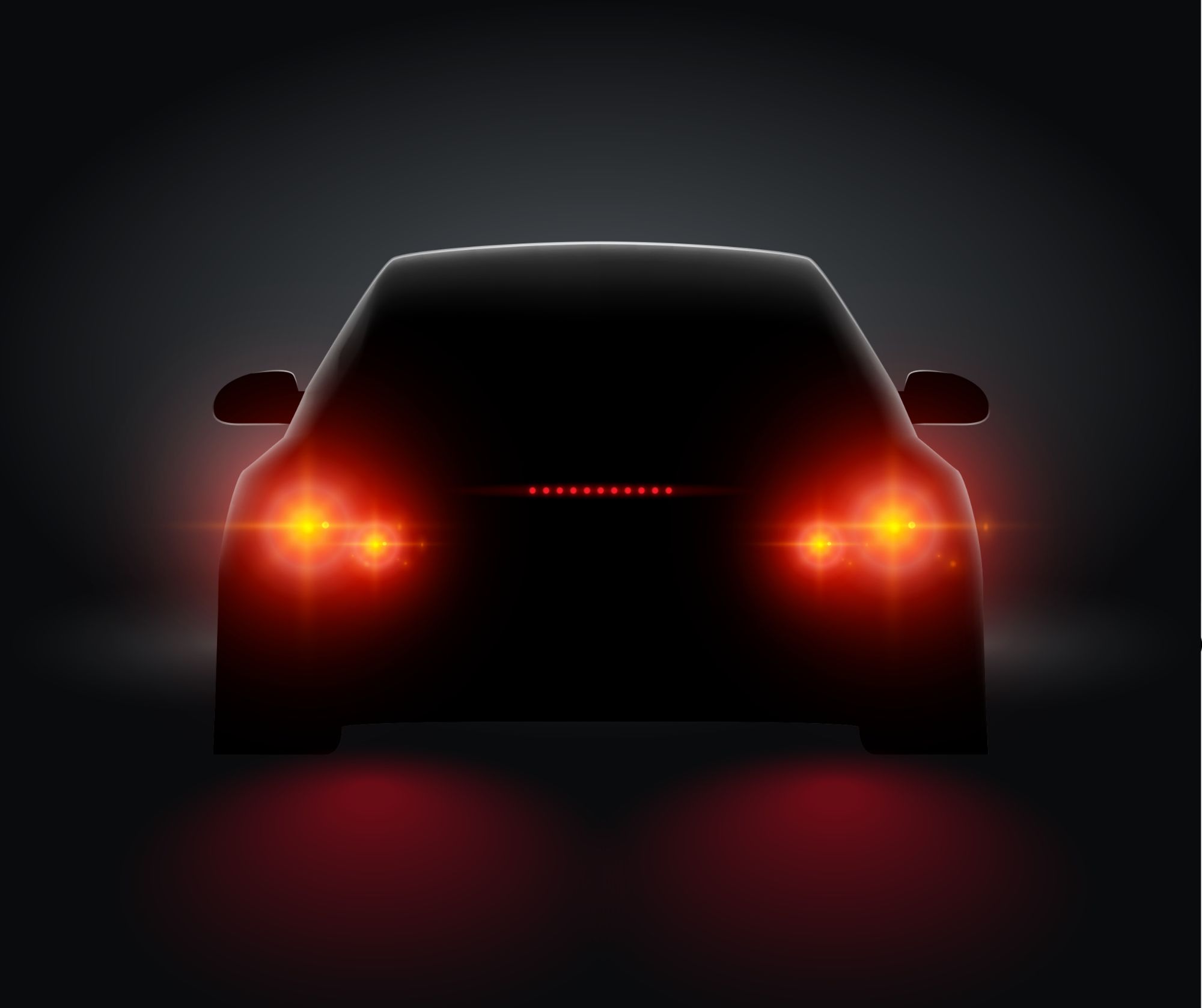
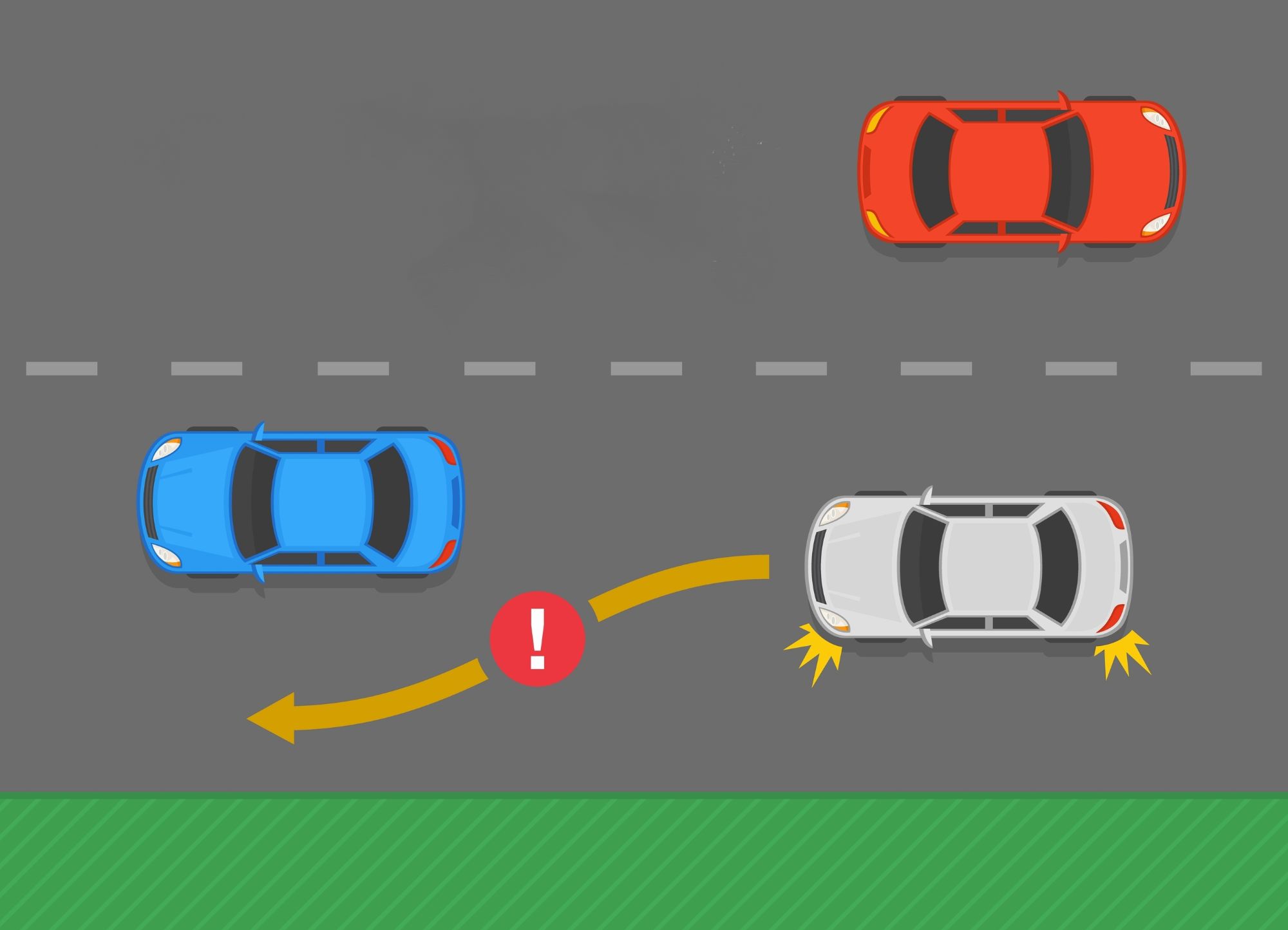
Full All Around Observations
Before moving off remember to do a full all around check.
Left Blindspot,
Left Mirror
then Centre mirror, ahead, right mirror, right blindspot then if its safe drive on
The reason for this is, you are not pulled up at the side of the road, so anything could now be trying to get past on either side.
So you need to check all around that it is safe, before driving on.
If You've enjoyed this explanation - Why not get our Drivers Guide To...
The Drivers Guide To Manoeuvres provides all the information you need on the Emergency stop as well as all the other driving manoeuvres.
These are great for
- Learner Drivers
- Experienced Drivers wanting to refresh their knowledge
- ADI Part 2 Training
- ADI Part 3 training
The cost is just £10.00
If you're a driving instructor hand have pupils that would benefit from having a folder on hand so that they can revise and get to know the manoeuvres, then you can offer these to them.
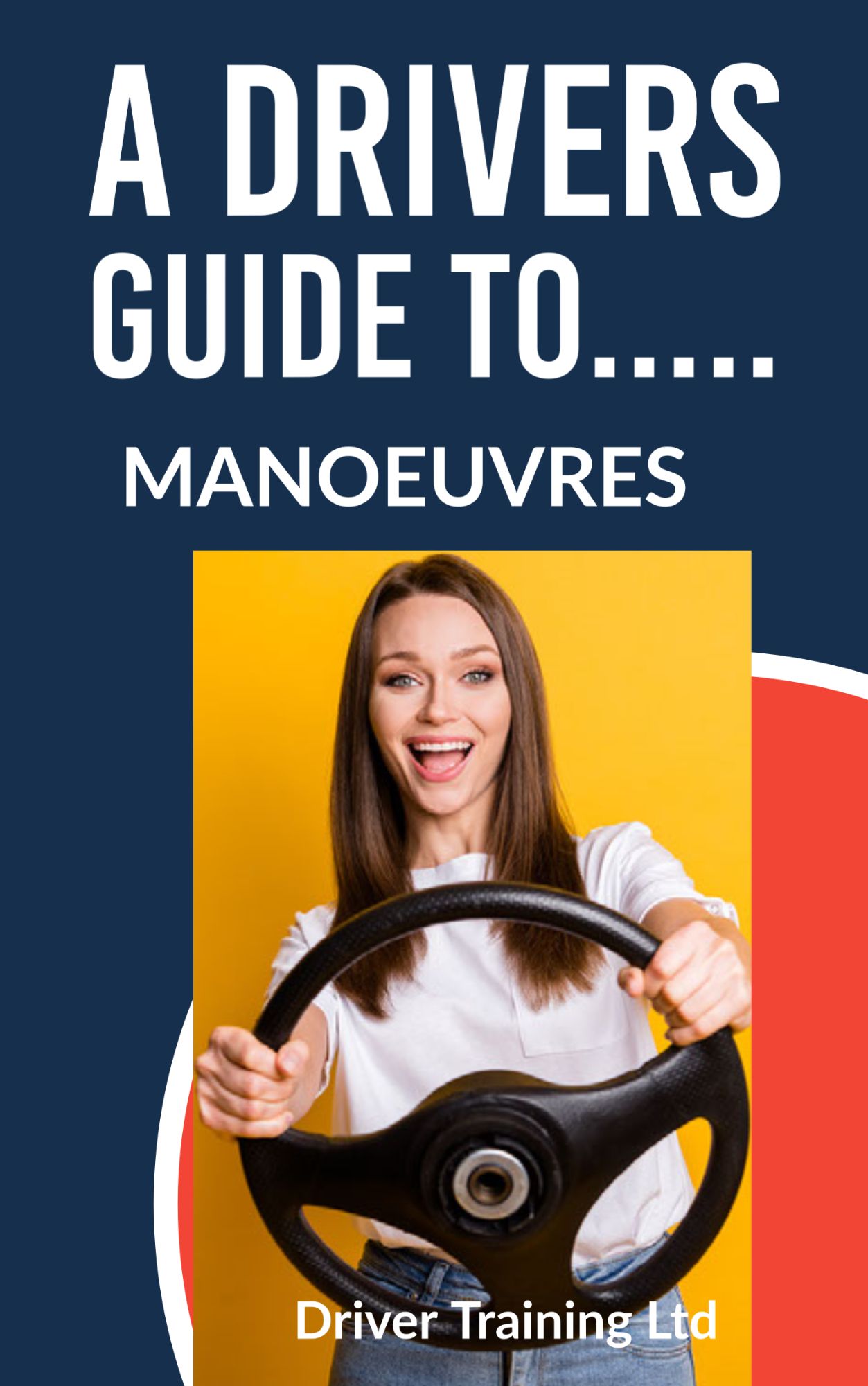
Contact Us
Hours
Monday - Friday:
09:00 am - 6:00 pm
Saturday - Sunday:
10:00 am - 3:00 pm
